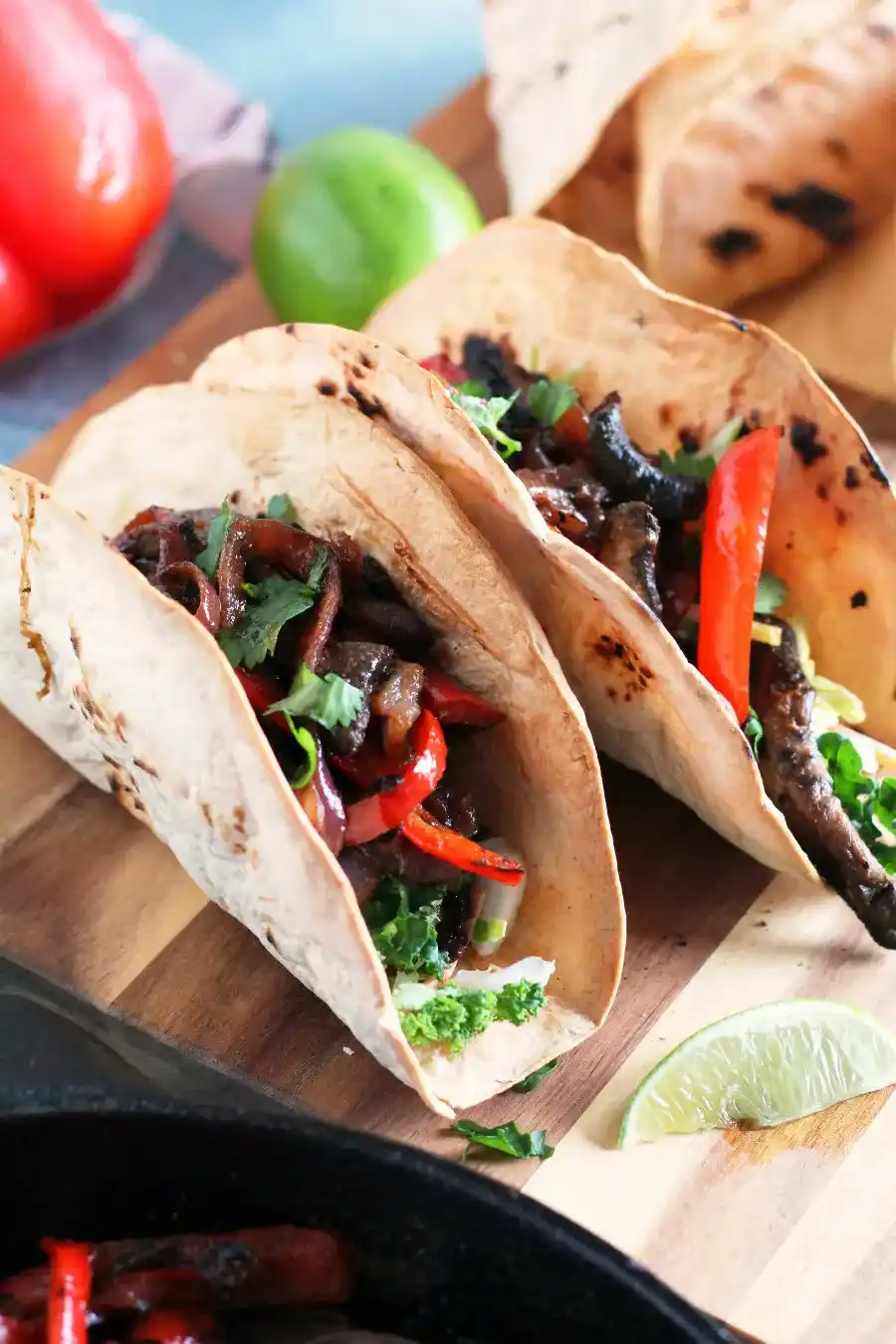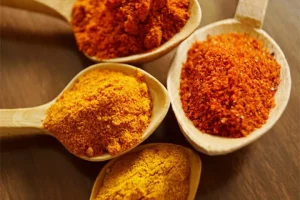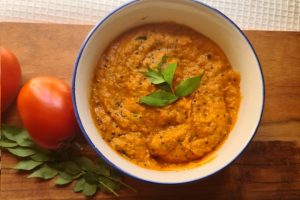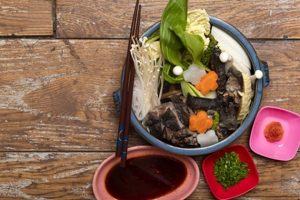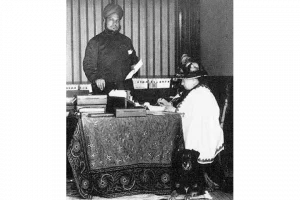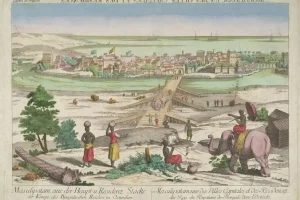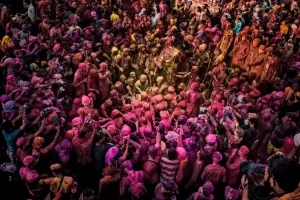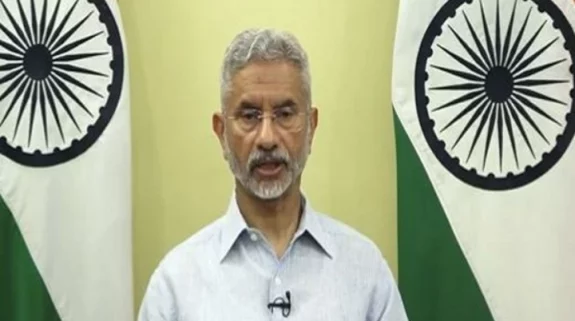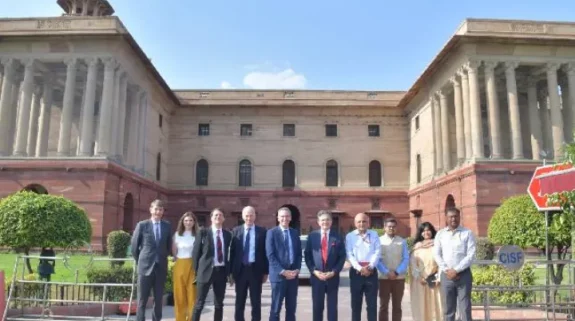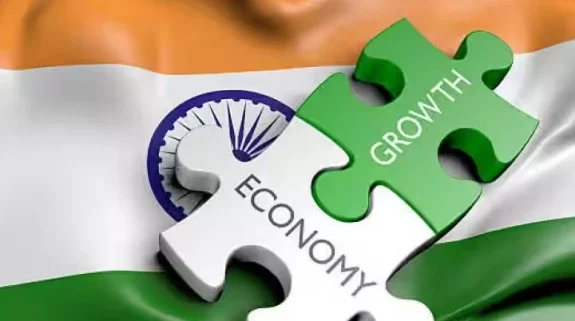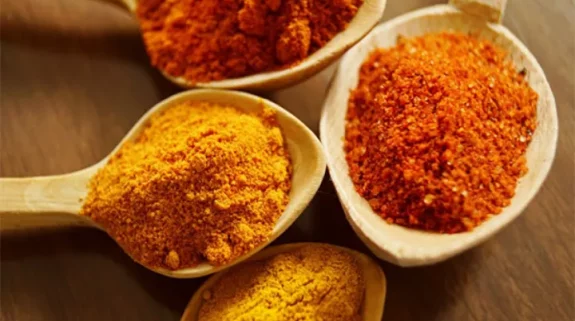Plant Proteins is a big trend the world over today with an increasing number of millennial and Gen Z consumers turning to it for both health and environmental reasons. In Europe and America, companies making plant-protein based “meatless meat” are in brisk business, and even in south east Asia where fish is so intrinsic to diets and where Indian tourists who are vegetarian struggle to find non-meat, non-fish alternatives cooked without condiments such as nam pla (fish sauce) used to give a burst of umami to foods, there are now entire vegan menus done with plant proteins.
Most of these menus however use factory-made products; patties and nuggets made with pea protein and additives, cooked with condiments, sauces, seasonings suited to a particular audience— a vegan Chinese meal in Singapore, meatless burgers or grills in America, Europe.
In India, while we do have a few start-ups now supplying ready to eat meatless meats, eggless eggs and more, we don’t have to rely on factory made nuggets and patties to be in sync with a global “trend”. (In fact, we don’t have to be in sync with any trends or fads, but that is another story.)
The idea of dal as a source of plant protein is deeply entrenched in Indian culinary cultures. In fact, the way we use dals is so distinctive as to be a separate area of study as the rest of the world turns to plant proteins .
The most ancient dals of India include the “3 Ms”: Masha (urad), Mudga (moong) and Masura (masoor), and according to ancient Buddhist texts, the Buddha endorsed all three for daily use. Urad and moong are supposed to be indigenous to India and as historian KT Achaya writes, these pulses had a common ancestor. Urad “has been found around 1500 BC in archaeological excavations at Navdatoli and Daulatapur,” according to Achaya.
Chana, or “Bengal Gram”, as it began to be called in the colonial period, has two varieties, one of an ancient provenances in the region of Bengal and Bihar, another of a later day provenance that arrived via the land route from central Asia, and which north Indians still call “kabuli chana” (used to make chole in Punjabi recipes). The smaller Indian black gram and the dal it yields was dubbed “Bengal gram” because the British first encountered it in the region; and its ancient roots in Indian gastronomy can be seen in the pervasiveness of besan, a product made from chana (or chanaka of ancient Indian texts), which is used to make everything from savouries such as the ancient vatakas (vadas) and papdis (not to mention modern day farsans) to sweets such as laddoos, and as stuffing in breads (puran poli).
Pratham Swayampak Ghar is an initiative run solely by women in Aurangabad. It was started by two enterprising friends Nandini Chapalgaonkar and Jyoti Kawar.
From their bestselling onion thalipeeth to sambhar vadi, puran poli and katachi amti, there’s lots to try. pic.twitter.com/1cOCYII3w2
— Maharashtra Tourism (@maha_tourism) November 13, 2022
The inventive way dals have been consumed in India for thousands of years is quite different from how the western world used pulses—an ancient crop family that had been disappearing from cuisines before making a comeback lately. In Italy, southern France and Spain, some of the ancient grains such as spelt and pulses, including those that look and taste fairly similar to our own Masura are used primarily in stews with sausage or meats in winters. These dishes are being revived by modern chefs as legacy dishes.
In the middle east, in Arabic and Jewish foods, we find lentils being used more widely. Apart from chickpeas which are pervasive in mezze dishes, and lentils used in cuisines of the Levant since Biblical times, there are also dishes such as the Koshari in Egypt, the country’s national dish, which is distinctly similar to a khichdi.
Did You Know #Egypt's national dish, Koshari originated in India
The name “Koshari” is actually from the Hindi word “khichri”, which refers to a dish of lentils and rice#IndiaNarrative pic.twitter.com/Vg7SWjJsIw
— INDIA NARRATIVE (@india_narrative) June 28, 2022
When I was in Cairo and Alexandria a few years ago for a festival of India, this was a street dish that immediately took the Indian contingent back to memories of their own home. At its basic, the koshari resembles a khichdi (but is less porridge-like) made with masoor dal and rice. To this are added toppings of onions, cumin, tomato and hot sauce and even pasta.
According to some accounts, the history of the dish is ancient and can be traced to the word “koshir” or food of the gods of ancient Egypt. It was a fasting food of priests at Heliopolis as per some accounts, and a food of the poor, according to others. We will talk more on the food links between ancient Egypt and India in a later column.
But in India, while ancient daals such as the 3 Ms have been used in various ways –as watery preparations (flavoured with ghee, so not vegan) to accompany rice, as part of khichdi to make for carb-protein main meals being the most basic, the diversity of concoctions is staggering in terms of tastes, textures and inventiveness. From chila and dosas to idli and idli-like dumplings to sweets like laddoos and savouries like the papdi, daal-based delicacies are mentioned in Indian texts from 11th-12th century onwards including in the Manasollasa, an early 12th century Sanskrit text that is our window to ancient Indian foods and cooking methods.
India is known for its love of food and spices.
Mānasollāsa, a 12th-century sanskrit text, describes need to change cuisine and food with seasons, various methods of cooking, best blend of flavours, feel of various foods, planning and style of dining amongst other things. pic.twitter.com/LWqcBQmYZR
— Dr. M.F. Khan (@Dr_TheHistories) January 16, 2022
While most of these preparations as also the daals, kichdis and sambaars of main meals are firmly embedded in a pan Indian culinary culture, most people do not immediately associate them with the current plant protein “trend”.
However, there is another distinct use of dals in Indian food which is a direct precursor to this advent of faux pea-protein meats. Dal-based mock meats in fact have been a presence in north and east India for a couple of centuries.
The Ain-i-Akbari mentions a wheat nugget made from gluten, roasted and spiced as a food for meatless days. Its successor, or perhaps a innovation of the dal pakori are the various steamed dumplings of medieval origin that were made with peas or daals such as moong and urad all over UP, Bihar and Bengal. The steamed dal dumplings are cut triangular, sometimes fried and eaten as a snack or gravied, and were ostensibly delicious substitutes to meaty delights, as evident from names like “kaleji ki subzi” (made with moong dal) or various dal tikkis made to resemble kebabs that became part of inventive foods of families.
The Bengali dish dhoka, possibly made as a faux meat (its name suggests that, literally meaning “falsehood”, was concocted as a “niramish”, without meat, egg, fish, garlic, food for widows or those abstaining, and is a successor of these central UP/Bihar dishes, which themselves may have come from the dal pakori tradition of western India.
Its DIM VAT DAY today. As for the ppl of Bengal its DHOKA DAY. So my menu for today is DH9KA. Enjoy it for eight months more.#মমতাশহিদপ্রহসন pic.twitter.com/Fsw3Hebepg
— AnuskaSengupta (@AnuskaSengupta) July 21, 2020
Pulses have been put to many inventive uses in India through its culinary history, and as the world moves towards veganism, it is time to shine the spotlight on this delicious past.
Also Read: This Makar Sakranti, tracing the journey of India’s til into world cuisines
(Anoothi Vishal is the author of Mrs LC’s Table. She is also a columnist and food writer, specialising in cuisine history)






